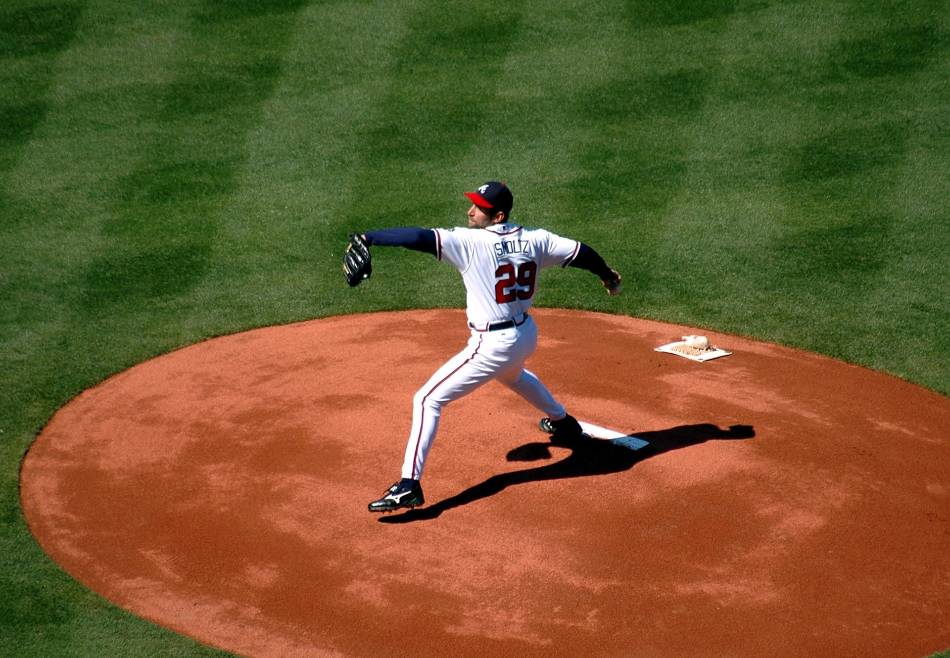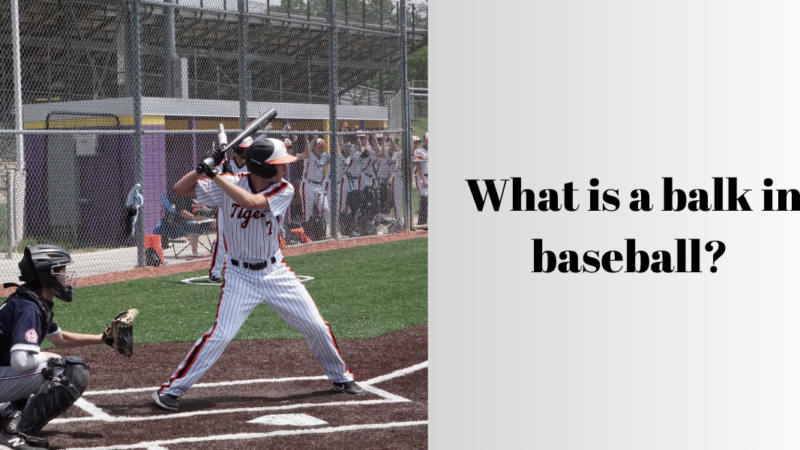What Is ERA In Baseball: Understanding The Key Factors

What Is ERA In Baseball : A pitcher’s ERA is super important in baseball because it tells us how well they’re doing. It shows how many runs they let the other team score in nine innings. The lower the ERA, the better the pitcher is considered. So, what Is ERA in baseball? Let’s find out.
What Is ERA In Baseball Stats Basics?
In baseball, people usually think a pitcher’s ERA is good when it’s between 3 and 4 in the Major League. Really great pitchers can have an ERA less than 3, which is awesome. If your ERA is above 4, it’s not so good, and pitchers with high ERAs might have trouble staying in the lineup.
But remember, what’s a good ERA can change depending on the baseball level. In college baseball, for example, a decent ERA might be around 4 because the competition isn’t as tough as in the pros. So, what makes a good ERA in baseball depends on a lot of things.
What Is ERA In Baseball?
ERA stands for Earned Run Average, and it helps us see how well a pitcher is doing. To figure out ERA, you just look at how many earned runs a pitcher gives up on average in every nine innings they play. Earned runs are the ones the other team scores without any mistakes or errors.
How to Find ERA?
To figure out ERA, you do some math. First, you take the earned runs a pitcher allows and divide it by the innings they pitched. Then, you times that number by nine. Here’s the formula:
ERA = (Earned Runs / Innings Pitched) x 9
Why Is ERA Important in Baseball?
ERA is a big deal in baseball because it tells us how well a pitcher is at stopping runs from happening. A low ERA means the pitcher is good at keeping the other team from scoring. But a high ERA means the pitcher is having a tough time reaching batters out.
What’s considered a good ERA can change depending on things like how good the other teams are and where the games are played.
It’s important to know that ERA doesn’t tell the whole story about how good a pitcher is because it doesn’t consider things like how good their teammates are at defense or how much help they get from their team to score runs. But still, ERA is a respected and widely used stat in baseball.
Understanding Why ERA Is Important in Baseball
ERA and How Well Pitchers Play
Teams use ERA in the baseball to see how good a pitcher is at stopping runs. If a pitcher has a low ERA, they’re doing a great job. People think they’re one of the best pitchers.
But if a pitcher has a high ERA, they might not be so good. They could have trouble reaching batters out, and that leads to more runs being scored. A high ERA might also mean the pitcher is dealing with injuries or other problems that affect how well they play. Sometimes, a few bad games at the beginning of the season can make the ERA look worse than how they’re doing now.
ERA and How It Affects Teams
ERA isn’t just about individual pitchers; it’s a big deal for the whole team. Teams with good pitchers who have low ERAs usually win more games and have a shot at winning championships.
Also, a team’s ERA can tell us if their defense is strong or not. If a team’s ERA is high, it might mean their defense makes a lot of mistakes or doesn’t help their pitchers enough by making good plays.
ERA Stats in Baseball Over Time
ERA numbers in baseball have changed a lot throughout history. Back in time of the game, pitchers had much better ERAs compared to now. They used to pitch entire games and more innings than today’s pitchers. That’s why the average ERA was much lower back then.
So, if pitchers use data to their benefits, they can lower their ERAs and do better in the game. Also, using data to change how the defense is positioned and other defensive plans has helped lower a pitcher’s ERA by allowing fewer hits and runs.
In the end, ERA is a big deal in baseball. It helps fans and experts figure out how good pitchers and teams are. It’s not the only way to measure success, but it’s really useful for understanding players and the game.
What is ERA in Baseball? Important Things to Think About:
When you want to figure out if a pitcher’s ERA is good or not, you have to think about some important stuff that can change this number. Here are some things to keep in mind:
Ballpark:
Where a pitcher plays might really affect their ERA. So, pitchers in places where it’s easy for batters to hit home runs might have more ERAs than those in places where it’s tough for batters to hit home runs.
Weather Needs:
The unpredictable weather can really change how a pitcher’s ERA looks. Most baseball experts agree that when it’s hot, the ball flies farther when batters hit it, making it easier for them to hit home runs.
But when it’s really cold and windy, the ball doesn’t go as far, so it’s tougher for batters to hit home runs. So, pitchers in warmer places might have more ERAs than those in windier and colder spots.
Pitcher Skill:
Last but not least, how good a pitcher is can have the biggest impact on their ERA. Pitchers who can throw accurately, make the ball move in tricky ways, and throw fast are usually better at bringing batters out and preventing runs.
So, when you look at a pitcher’s ERA, you should think about lots of things that can change this number. Ballpark, weather, and how skilled the pitcher is are just a few of the things that can affect it.
Some Questions
What is ERA in baseball?
ERA stands for earned run average. A statistic measures how many earned runs a pitcher allows per nine innings pitched. Earned runs are runs that are scored as a result of a pitcher’s mistakes, such as walks, hits, and errors.
What is a good ERA in baseball?
A good ERA in baseball is considered to be between 3.00 and 4.00. An ERA under 3.00 is considered excellent, and an ERA under 2.00 is considered exceptional. An ERA between 4.00 and 5.00 is average, and an ERA above 5.00 is considered below average.





